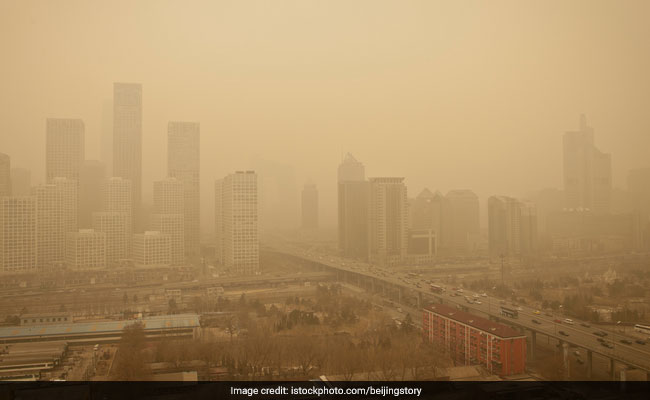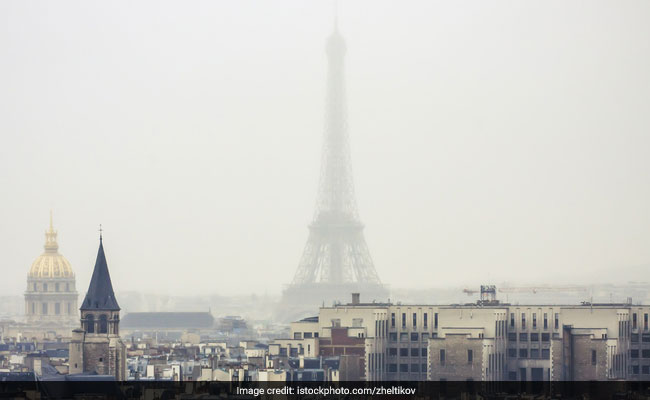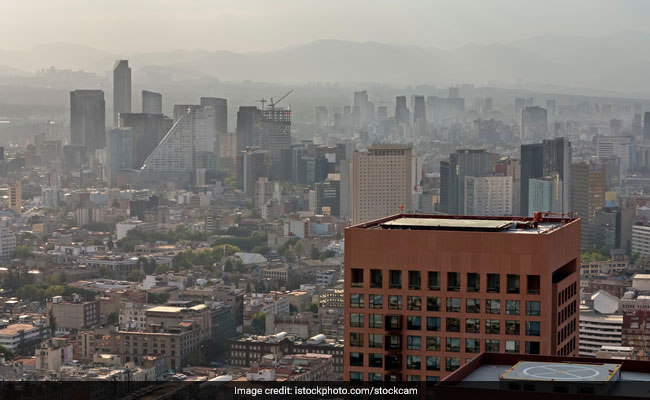Highlights
- Vehicle emissions had reduced by 40% in Beijing post the odd-even rule
- Milan introduced ‘anti-smog’ tickets valid 24 hours in public transport
- Pollution fell by 20% in Paris post the odd-even scheme
New Delhi: ‘Gas chamber’ Delhi waits for clarity to rollout Odd-Even scheme for regulating traffic on the roads to check the current pollution crisis. The scheme has been tried out in Delhi twice before in 2016. It was one of the measures announced by the government this time too. But like last two times the two-wheelers, which account for 20 per cent of the total vehicular pollution in Delhi were exempted. The National Green Tribunal, opposed the exemptions and the scheme has been put to hold by the AAP government.
But how effective is the odd-even scheme, which is globally known as ‘road space rationing’ in tackling pollution? Many cities around the world have tried it. Here’s a look at how cities like Beijing, Paris, Rome, Milan, Mexico City and Bogota have used the scheme in the past.
Beijing, China
China’s capital city Beijing, once labelled as the most polluted city in the world, was one of the pioneers to have successfully implemented the odd-even policy on private vehicles. Ahead of the 2008 Olympics, Beijing had imposed the policy for two months in a bid to control its increasing pollution levels. The capital city had enforced an automated system to monitor the traffic and violators, thus minimising the scope of evasion or corruption. A fine of 200 Yuan (Rs 2,000) was imposed on violators. As per a Chinese government study, with nearly 45 per cent of the total 3.3 million cars off the streets the vehicle emissions had reduced by 40 per cent post the implementation.
Also Read: Delhi Pollution: After A Brief Dip, Pollution Levels In Delhi Shoot Up
The success of odd-even prompted the government to impose the rule on a permanent basis. With a slight difference in the rule, the government has currently banned nearly a fifth of private vehicles from operating in Beijing. In other words it means that cars are limited only one day every week and on such days the commuters heavily rely on either car-pools or take the subway. For instance registration plates ending with 4 and 9 are prohibited on Mondays, 1 and 6 on Wednesdays and 3 and 8 on Fridays with no restriction on weekends.
In a three-year public transport building spree, the city has provided an extensive subway and public bus network. The subway will soon cross the 600 kilometre stretch which is double the length of Delhi’s metro system.
The city also has placed a cap on car sales since 2011 by allowing around 20,000 cars to register every month through a lottery system.
Paris, France
Paris with 2.24 million population has set a very successful example of odd-even in 2014. On March 17, which was a Monday only cars with odd number plates were allowed on the roads. Private vehicles with even number plates were banned from entering the city between 5.30 am until midnight. Cars including electric, hybrid, powered with natural gas and carpool with three or more passengers were exempted from the rule. Public transport was made free for that day. Two-wheelers, however, weren’t exempted. This experiment was carried out only for a day after the air quality levels were accomplished.
As per a report by Airparif, city’s air quality monitoring body, there was reduction in traffic by 18 per cent and therefore a reduction in PM10 levels by 2 per cent. During the rush hour, the pollution fell by 20 per cent and the nitrogen oxides fell by as much as 30 per cent alongside the major roads.
In December 2016, the odd-even rule also known as Circulation Alternée, was re-introduced after a spike in pollution levels was recorded in the city. In both the instances, public vehicles were made free and a fine of 22 euros was imposed in case of violations.
Additional steps were introduced which included reducing the speed limits, free residential parking and free short-term use for subscribers of bike and car sharing services.
Mexico City, Mexico
Hoy No Circula which literally translates to ’today it doesn’t circulate’ was introduced as early as 1989 in Mexico. Depending on the last number of the registration plate, nearly 2.3 million vehicles were banned for one day per week. Similar to China’s odd-even policy, cars with registration plate ending with numbers 5 and 6 were prohibited on Mondays, 7 and 8 on Tuesdays, and so on. The rule was imposed between 5 am and 10 pm on all days except the weekends. A fine of $23 – $69 (Rs.1495 – 4485) was levied on violators. As per the city’s air pollution monitoring stations 11 per cent drop in carbon monoxide (CO) levels was recorded. However this was met by counter-productive move by the residents of Mexico, as they started buying two cars with odd and even numbers. This saw an increase in CO levels 13 per cent.
Also Read: Ban Diesel Vehicles When Pollution Breaches ‘Emergency’ Levels, Panel Recommends
“The policy effectively encouraged relatively wealthier households to purchase a second car in order to circumvent the restriction. This led to a net increase in the car stock in Mexico City, and probably an increase in off-peak driving because of the increased availability,” reads a 2002 report of United Nations.
In 1992, eight years into the odd-even rule, the pollution levels increased to an extent that the city was declared as the most polluted city in the world by United Nations. The policy of odd-even came to end in 1993.
Rome and Milan, Italy
Vehicles in two of the largest cities of Italy were restricted in December 2015 as the smog levels shot up. While in Milan, private cars and two-wheelers were banned for six hours a day for three consecutive days, Rome banned odd-numbered plates for nine hours on a Monday and even-numbered plates were banned on a Tuesday.
Also Read: Decoding Smog: Why Is It Deadly And A Global Health Hazard
As an alternative, both the cities encouraged commuters to use public transport by issuing a single ticket for bus and metro that would be valid all day long. For example the Milan authorities had introduced special ‘anti-smog’ tickets (costing upto 1.05 euros) valid for an entire day in public transport.
Rome and Milan are also a part of the Low Emission Zones (LEW) where vehicles which fail to be at a particular standard are barred from entering certain parts of the city.
Bogotá, Columbia
Taking an inspiration from Mexico, Bogota the capital of Columbia imposed the odd-even policy during peak hours for two days per week and fined the violators 15% of their daily minimum wages. Introduced in 1998, the scheme restricts four numbers everyday for private vehicles. For example in 2011, on Mondays number plates ending with 5, 6, 7 and 8 were banned and plates ending with 9, 0, 1 and 2 were restricted on Tuesday. To ensure that people do not follow the Mexico way and buy two cars, the authorities would switch the combination of days and numbers every year since 1998. However, the policy which was called Pico y Placa (‘peak and plate’), didn’t yield any positive results as the drivers would choose to drive during off-peak hours.
Also Read: Share Your Ideas With Solutions To Control Air Pollution






















































